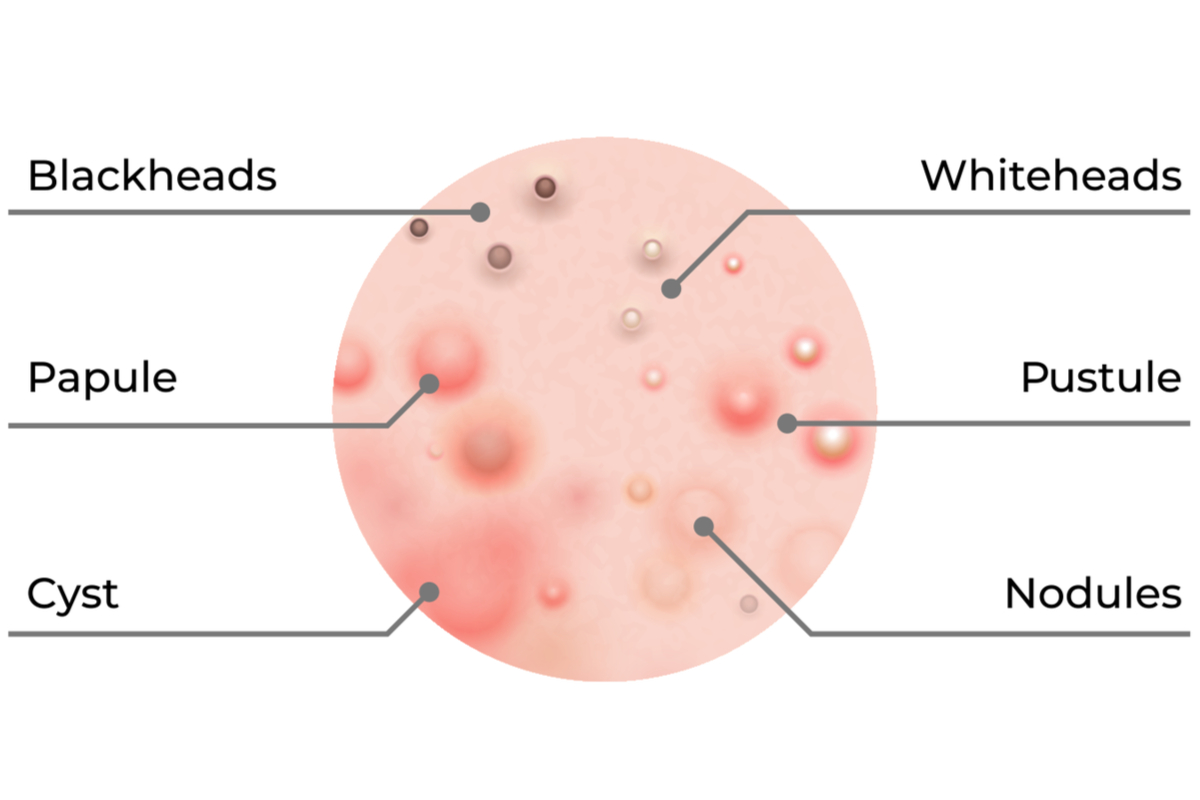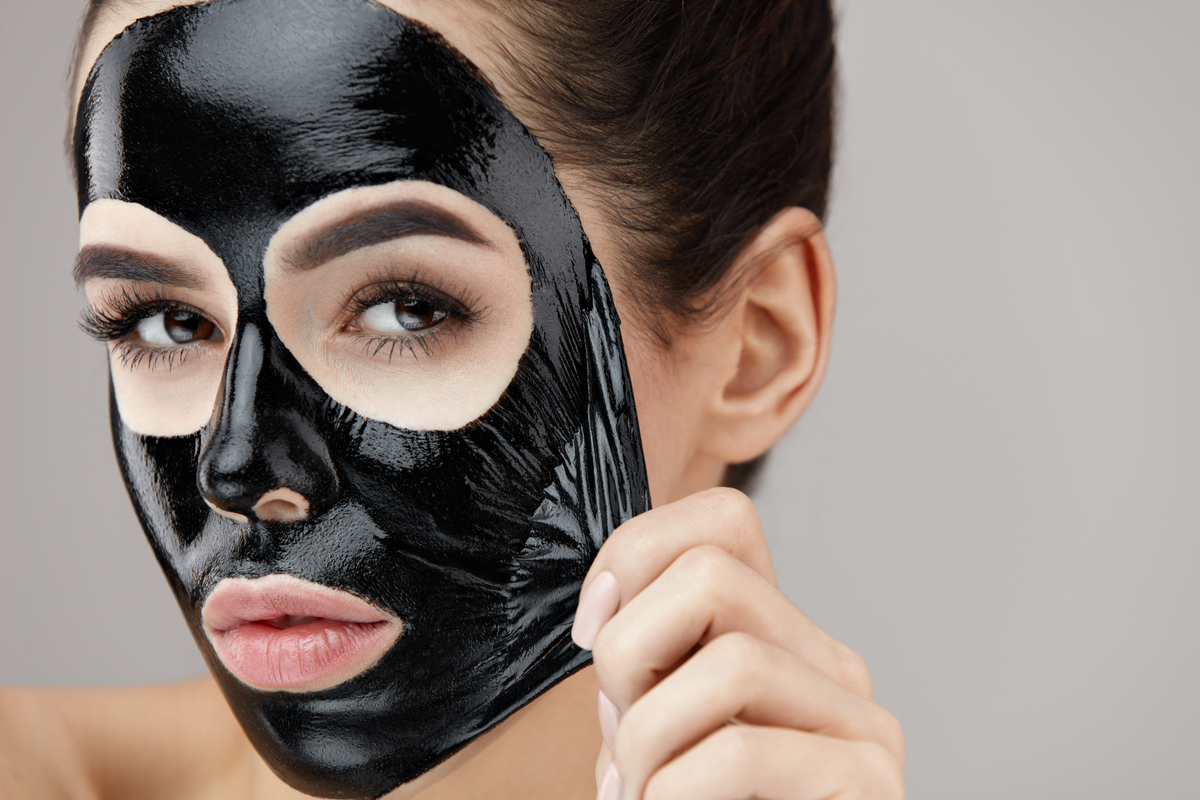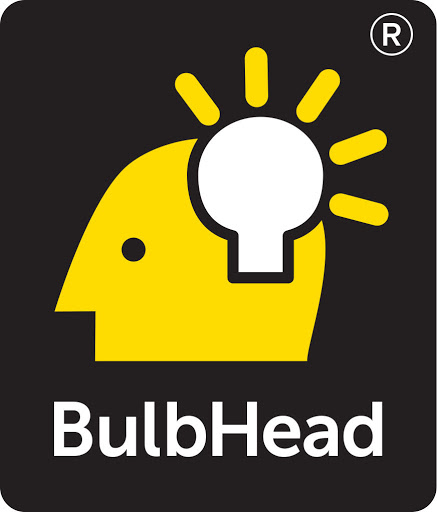Everybody wants clean skin. Whether it’s on your feet or your face, there is nothing like smooth skin to make you feel youthful again. But achieving the feat of clean skin is not without its challenges, especially when it comes to your face.
There are 20,000 pores on your face alone. This means there are 20,000 opportunities for blackheads to form. So, what do you do when these pesky pores get filled with a combination of dead skin cells and excess oil (or sebum) from your sebaceous glands (fancy science talk for blackheads forming)?
If you’re a normal human, you have had the urge to poke or prod these blackheads to try and force out the black plug. DON’T DO IT! This behavior can cause unnecessary scarring and other unforeseen damage to your skin that will make you wish you had just settled for the blackheads.
Luckily for you, there are many other proven treatments for blackheads that will keep your skin as clear and shiny as the day you were born!
Read on for seven steps to painless blackhead removal:
Pore’s Porepus in Life
Remember sweet youth? The insouciant and carefree nature of it and how it all came crashing down the first time you looked in the mirror and saw blackheads forming on your once smooth skin? You used to bury your face in a sandbox and roll in the mud; now, you can’t even touch your face without worrying about clogged pores.
But what are the different kinds of clogged pores, and how can we identify them? Once we know what we are dealing with, we are better positioned to treat the issue.
The 20,000 pores on your face are certainly pesky, but they are a necessary part of your skin’s overall health. Pores’ purpose is to allow your skin to breathe and help get oils and toxins out of your body. The size of pores differs from person to person and is largely dependent on genetics.
No matter how big pores are, the oil, dirt, and dead skin cells that collect on your face can form blockages. This causes larger-looking pores that can appear inflamed, which leads to acne forming. The kind of acne varies, though…

The Talking (black)Heads
Blackheads are much different than the whiteheads that probably come to mind when you think of acne. Whiteheads create closed pores, while blackheads have open surfaces. These open surfaces create the oxidation of melanin that is dark in color.
You may mistakenly relate blackheads to trapped dirt, but the development of blackheads is not related to the cleanliness of your skin. They will usually appear on your face but can also show up on your back, neck, chest, arms, and shoulders because there are more hair follicles in these areas.
(White)Head In The Sand
Whiteheads are, as the name suggests, white in color. They are small but firm and form when pores become clogged with bacteria and sebaceous materials. They differ from blackheads in that whiteheads close the opening of a pore while blackheads are open pores. If whiteheads are left untreated, they may turn into the dreaded pimple.
These are the two forms of noninflammatory acne. Inflammatory acne includes pimples that are red and swollen. In the interest of time, we will only cover noninflammatory acne in this article.
So, without further ado, let’s move onto treating noninflammatory acne!
1.) Take Some Acid, Man
No, not the kind you get offered at Bonnaroo, the kind you can pick up over-the-counter at your local convenience store. Salicylic acid is a beta hydroxy acid that penetrates your skin and helps treat clogged pores. It breaks down the materials that form in the skin and causes blackheads and whiteheads.
It’s simple to use, too. Start by washing your skin once a day with a salicylic acid cleanser in the morning or night. If your skin reacts positively, up the frequency to twice a day. Before bed and in the morning are the most convenient times for most.
If you’re worried about your skin drying out, salicylic is a great choice. It’s also a great choice for those with oily skin.
2.) An AHA Moment
Exfoliating regularly can reduce the appearance of blackheads. This is because products with alpha and beta hydroxy acids (AHAs and BHAs) help remove excessive amounts of dead skin cells, which lead to clogged pores. They also gently remove existing blackheads.
It’s best to avoid harsh scrubs that can irate the sensitive skin on your face. Instead, focus on AHAs and BHAs like glycolic and salicylic acid. Both of these work by removing the top layer of your skin, which improves the appearance of wrinkles and age spots while also cleansing pores and making skin softer. A win/win/win!
Skin brushes can be used in conjunction with AHAs and BHAs. Only use these on occasion with a gentle exfoliant and only if you don’t have sensitive skin.
3.) Suck It Up
If you are trying to best replicate the clean pores produced by a facial, then look no further than an extractor tool. These types of tools are used in-office by most aestheticians and are your best bet to get in-office results at home.
- To correctly use one of these tools, place the open tip on each side of the blackhead and keep the tweezer body perpendicular to where you’re extracting.
- Keep the curved part of the tips on your skin while gently pressing each side of the blackhead until it begins to release.
- Apply slow, even pressure, and when you are able, pinch the tweezers and pull the material from the skin to extract it.
- Only do this if the blackhead releases easily. If it does not budge, do not attempt an extraction.
4.) Pore Some Sugar On Me (Retinoids)
Retinoids are strong exfoliants that are useful for stubborn cases of acne to unplug your pores. Using these in tandem with other over-the-counter products, like AHAs and BHAs, will make them more effective by opening the follicles.
It is recommended that you use a topical retinoid, like Differin Gel or Tretinoin cream (prescription only) daily. These products spur cell turnover and remove dead skin cells, which in turn lowers the chances of a clogged pore from forming.
Retinoids should be avoided if you have dry skin, however, since they are so powerful.

5.) The Mask (1994)
Smmmmokin’! Another common solution to those pesky blackheads is using a mask. Clay masks help to pull oils and toxins out of the skin, helping to unclog pores. If you suffer from oily skin, masks are a must!
The ingredients in masks help break down the dead skin cells that make up blackheads. Unlike most products, these do not need to be applied daily. You can use a mask once a week in addition to your daily routine.
Another kind of mask you might consider is a charcoal mask. No, don’t go running to your grill to save a penny; these masks use activated charcoal. That doesn’t mean you have to cook a burger first!
No, activated charcoal is a special form of charcoal that has the ability to bind toxins, oxidized impurities, and pull blackheads out of the face.
Once applied, the mask strips away pore-clogging particles and removes excess oil and bacteria. After removal, the skin will appear brighter due to the abrasive nature of the mask.
6.) An APEELing Option
If you feel like masks aren’t for you or if you want an added weapon in your arsenal, try a chemical peel. Chemical peels are often used for their anti-aging benefits and can also help reduce age spots and fine lines. They usually contain AHAs or BHAs and work by exfoliating the skin.
You can get a professional chemical peel in a doctor’s office or surgery center. The products make a controlled wound that then allows new skin to take place. You can also buy products that stimulate this effect at home. The result of either should produce smoother, refreshed-looking skin.
Peels are not considered a primary treatment for removing blackheads, but they remove dead skin and shrink enlarged pores, so they often make them less visible. All in all, peels will result in younger-looking skin, and isn’t that always the goal?
Bye-Bye Blackheads
If you follow these steps, you should start to notice fewer and fewer blackheads. A few additional things to keep in mind: make sure to remove makeup before bed or really as soon as you are able to.
Use a foaming cleanser to get it off, then follow the other steps above. Make sure you understand when a blackhead can be removed. A good rule of thumb is to try three times, and if it doesn’t budge, it’s not ready yet!
If all the steps above don’t work for you, then it may be time to see a pro. Call up a dermatologist and see if they can help you on your journey to clearer skin!
Good luck, and check out Bulbhead for tips, tricks, and products.
